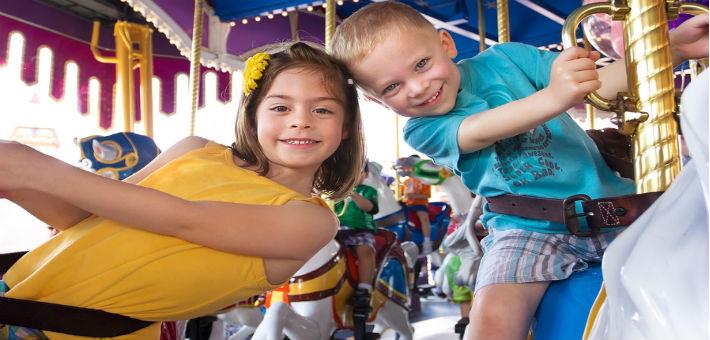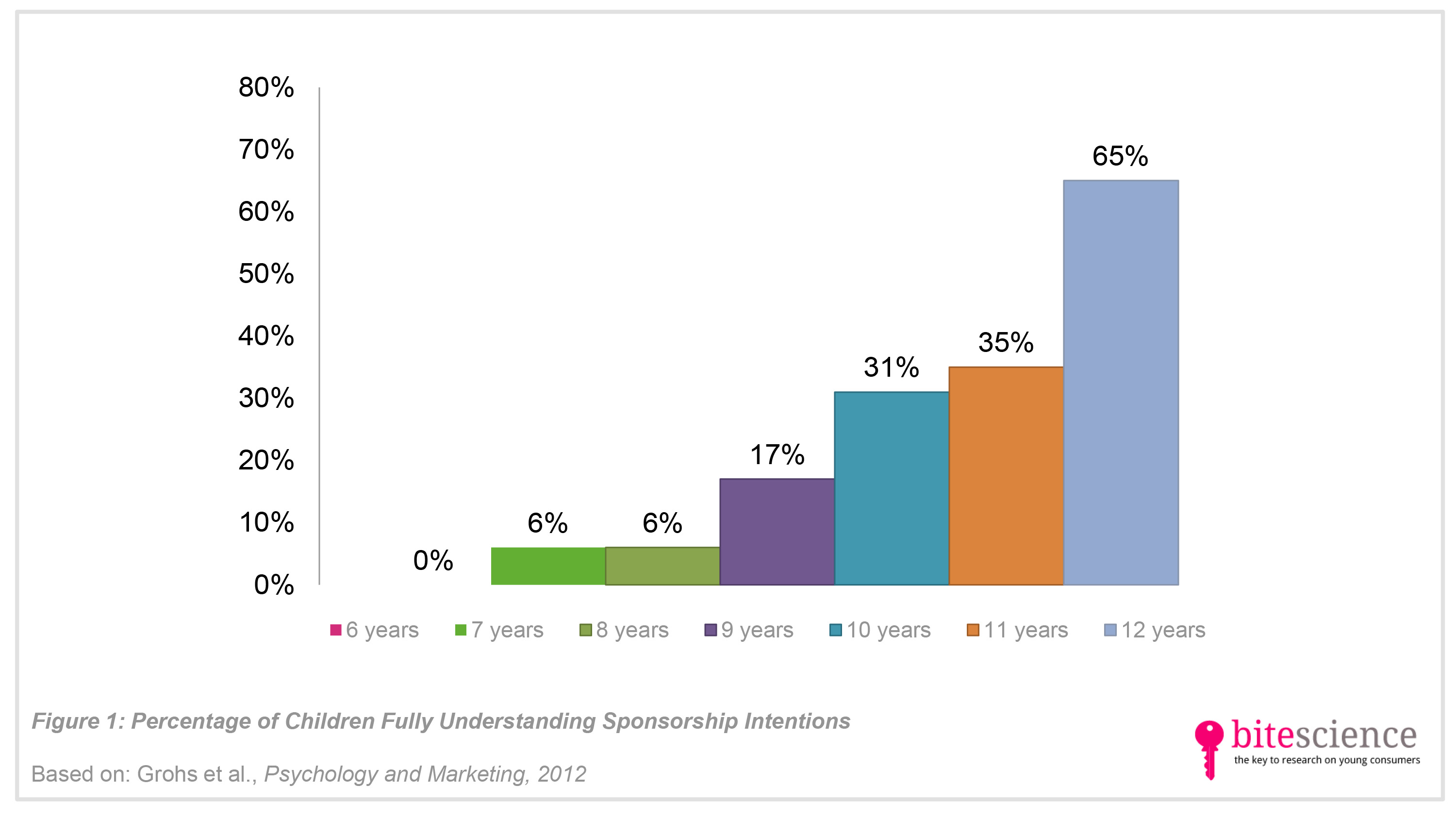
16 May 2013
Children’s Difficulties With Understanding of Sponsorship in Theme Parks
Keywords: advertising, Western Europe, consumer behavior, interview, kids, persuasion, persuasive tactics, survey,
Many companies use sponsorship as a tool to appeal to children with the aim of maximizing sponsor awareness and attracting future loyal customers. Question is, are children aware of the sponsorships they are exposed to? A study in Psychology and Marketing explores 6- to 12-year olds’ sponsorship awareness in a theme park and reports that most children remember and recognize sponsors, especially when they grow older. Understanding of sponsorship intentions, however, seems more difficult. It is not until the age of 12, that children fully grasp sponsors’ commercial intentions.
Take aways
- The more frequently children are exposed to sponsorships, the more likely they are to remember and recognize the belonging brands and logos, and its attempts to influence their purchases.
- As children grow older, they identify sponsors and their commercial intentions more correctly.
- At the age of 12, most children fully understand sponsorship intentions.
- However, children’s’ understanding of sponsors’ intentions develops at a later age than children’s grasp of advertising tactics, which is generally fully developed by the age of 10.
Study information
The question?
Are children able to identify sponsors and their commercial intentions?Who?
120 visitors of the theme park Minopolis (aged between 6 and 12 years old)Where?
Austria, EuropeHow?
Children were approached at the theme park by a researcher, and asked for help with ‘homework’ (i.e., the study). After obtaining parental consent, the researcher asked the children about the brands they remembered having seen in the theme park. Logos of four different sponsors were shown next to four other logos of non-sponsors, in order to test children’s sponsor recognition. Children’s understanding of the sponsors’ commercial intent was measured by showing two different statements: (1) “Companies show their logos on Minopolis facilities to make visitors purchase their products, and (2) “Companies pay to show their logos on Minopolis facilities”. Children classified these statements as ‘true’, ‘false’, or ‘do not know’. Age, amount of time spent at the park, and number of previous park visits were obtained as well.
Facts and findings
- Children who visited the theme park frequently, remembered more brands and logos during their stay than children who visited the park for the first time.
- Older children showed higher correct sponsor identification than the younger ones.
- However, children experienced difficulties with grasping sponsors’ commercial intentions: only 27% of the children fully understood sponsorship intentions (i.e., knew that the logos were shown to make visitors purchase products, and that the companies paid to show their logos).
- This understanding increased significantly with age (see Figure 1).
- At the age of 12, most children fully understood the commercial intentions.
- Children’s grasp of sponsors’ intentions developed at a later age than their grasp of advertising tactics, which mostly is fully developed around the age of 10.
- Children who visited the theme park more frequently, were more likely to understand sponsorship intentions.
